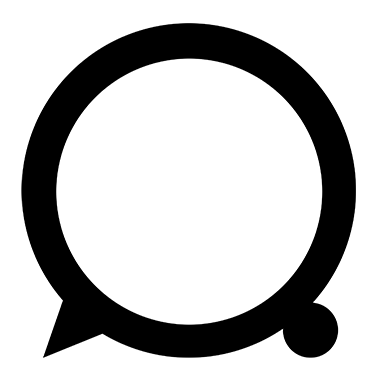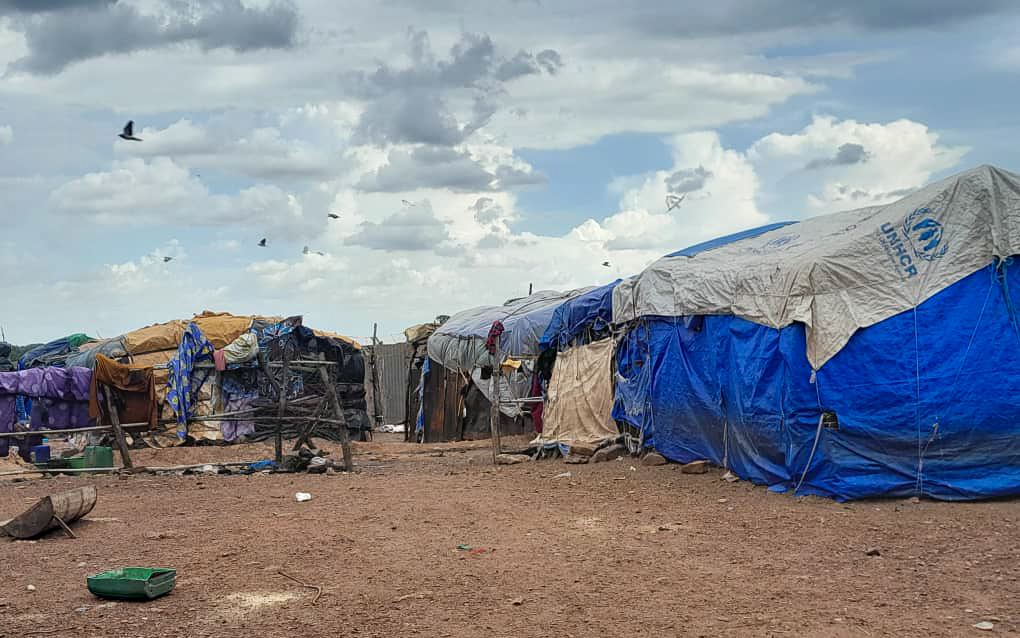Itineraries of serendipity in an unreported Chad
Didier/Croquemort is a big fan of The Simpsons. Every time he has some free time he watches some TV episodes about this crazy family, whose life is a strong comment on the outside world and the ways we organize ourselves. On his laptop, he has many years’ episodes of this animated series, which he started watching with a friend in N’Djaména when they were students. It inspired him to think about his own environment, recognizing the TV characters in his own surroundings.
The Simpsons presents an analysis of hierarchies in our world, a world that is full of injustice and anger, but also of humour and hope. The Simpsons reflects a balance that Didier/Croquemort are striving for. In both Didier and Croquemort we meet a person that is searching for a just world, fighting against the extremes of unbalanced power relations. These two characters have different attitudes in this quest. Croquemort can be very analytical and leaves room for others to speak, but sometimes he can also assert absolute ideas and manifest intolerant thinking. Didier is the person who listens—and he is very much loved by most people he interacts with, but he always just shows that part of himself that he allows to be known by others. Both have a huge social network. It is not easy to change the opinions of Didier/Croquemort, and with this attitude he has come a long way. Living with his own thoughts was a good way to follow his own path in Chad. It gave him enough courage to stay close to himself—or, as others would probably say, to be a little arrogant and stubborn. But he has become a leader in his own way, and others see him as a person able to influence the situation in Chad and have an influence on the youth. And he does have: just look at how large his concerts are, the way young people admire him, and the way his songs travel.
How can we position Croquemort alias Didier in the present-day political landscape of West and Central Africa? Here I refer to the emerging political movements, often depicted as youth movements, that have developed since 2012: the Senegalese movement Y’en a Marre (lit. ‘fed up’); the Burkina Faso civil movement led by Le Balaie Citoyen (lit. ‘the citizen’s broom’) in October 2014; the revolutionary movements that occurred in 2013 after the conflict in northern Mali that broke out in 2012 (see blog post from Mirjam de Bruijn); the civil movements in Congo (see the blog posts from Catherina Wilson here and here); the political violence in CAR (2013 and after); the various upheavals in Chad, which this publication refers to; and the recent movements and violent actions in Cameroon (see the blog posts from Mirjam de Bruijn and Vera Bakker). The occurrence of these movements can be situated within a triangle of contributing influences: experience of hardship (i.e. duress), increasing connectivity, and mobility. This was the point of departure for the research programme ‘Connecting in Times of Duress’, part of which is the research into the political agency of young people in Chad. We were investigating the role of ICTs, whom it influences and how it empowers political agency. The glimpses of the reflections and actions of Didier/Croquemort—and also of the opportunities that have emerged for the Android Youth—do indeed show him as energized by this triangle, which in his case has reinforced his position as a leader in the political battle of youth and increasingly also of elders in Chad. For him, this battle is part of the wider battle and movements that he also expresses in the organization of his festival and his involvement in the creation of Voice4Thought.
As we have seen in this publication, there are different ways to political agency as a form of creation and action in a particular context and environment, agency that results in a reshaping of both the person and the environment (De Bruijn et al. 2007; Chabal 2009). In this process, the decision taken by a person forms an itinerary that will both influence the pathway of the person and also be an incentive for social change. Croquemort has chosen a pathway of words: not only slam and poetry, but also meeting others and posting on Facebook. He, as Didier, has also chosen the way of social entrepreneurship, which is certainly a way to make a political statement. And, finally, as Didier/Croquemort, I would say he has chosen a pathway of change for himself, becoming the political agent that he is today. This latter path is based on the serendipity that has arisen so often across this project. The protest at the university and two years of expulsion; the choice to invest in social relations and discuss real issues, to shy away from a life of bling-bling and overt success. This is a pathway that reflects his nomadic mind—a mind that is flexible, agile, and creative, even if not always appreciated in full by his environment.
His decision to leave Chad, where there was no way to develop himself or the things he wished to pursue, could have led him away from his drive to change Chad. It did; and it did not. He decided to live between the Netherlands and his home country. Or was it also serendipity that made the choice for him? Finally, the significant conjunctions in his life seem so far also to be related to the moment he decided to meet me in N’djaména in that bar on the Boulevard de Sao.
From one point of view, Didier alias Croquemort’s itinerary does not fit the standard depiction of Chadian youth by other researchers, the one that focuses on the people under arms (Debos 2015), or places the accent on the history of war and rebellion (Buitenhuijs 1994, 1997, 1998; De Bruijn & Van Dijk 2007)—and for which war and oppression are described as keeping people in misery and poverty (Behrends, in Hammar 2015), where first and foremost the analysis of oil is central to understanding the workings of the state (Behrends 2014; Remadji 2016). Didier/Croquemort’s life itinerary shows another side to the story: one of creation of new possibilities despite oppression and war, of a section of youth that wants change, uses the Internet as a central tool for pursuing that purpose, and attempts to protest despite feelings of fear. Hence, the group under arms, the poor and the powerless, are only one part of Chadian society. Those who want to fight the powerlessness, who want to ignore their fear, and who do not want to be part of the logic of under arms, are represented by Didier/Croquemort and some of his friends. And although he has partially left Chad, he is still the hope for many young people. This is also why he wants to go back, work on his m-health project, organize his festival, and give concerts. In doing so, he is working for a social and political change that will not be violent.
It is this hope and hopefulness that must have been part of the attraction between us. I must have represented hope and possibilities as well. Didier/Croquemort showed me a different Chad, one that left possibilities open for a future with energy and promise.
This biography has been an exploration of a life and pathway within the social and political dynamics of Chad in the context of international relations, unequal relationships in the world (Ferguson 2006) and itineraries of progress, professionalization and entrepreneurship. The outcome in this publication is the consequence of the course of time and of a storyline that I depicted as a film scenario (as suggested in the opening of this project). We should imagine it as a 3-D film where complexities are told in layers of film, photographs, text, memories, space, and time. As researcher and as ‘subject’ of the research, we stepped into this scenario in media res; and now that we have written the script, we do not know where this will go . The project has an ending that is an opening towards the future, and this is an intrinsic feature of this work. We have captured just one part of a developing scenario in all its complexities, the part we have lived through. But the film is alive, and its creation goes on. After this phase, perhaps we will step into a new scenario?
Photo: Mirjam de Bruijn





